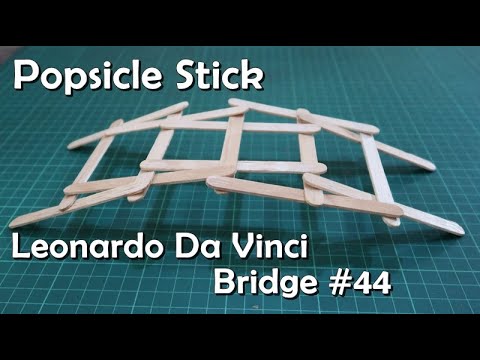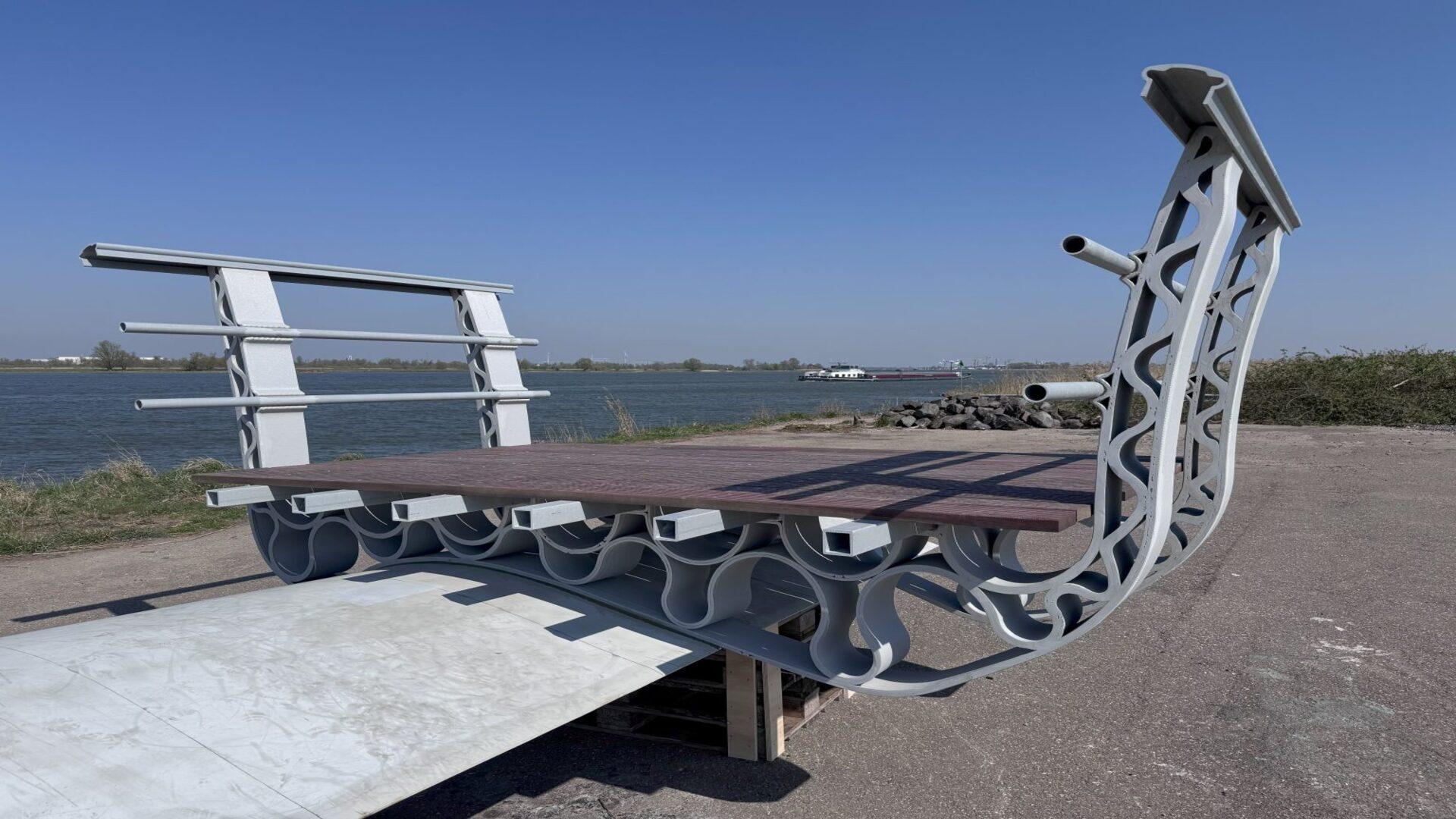| In Brief |
|
In an ambitious move, the Dutch company Poly Products has taken a significant step in sustainable engineering. By reusing a decommissioned wind turbine blade, they have created a 3D-printed modular bridge, exemplifying a circular design model. This ambitious project, located in Almere as part of the Circular Viaduct initiative, has been realized in collaboration with several partners, showcasing the country’s collective expertise in innovative and environmentally-friendly construction. The bridge, while innovative, meets safety and durability requirements while redefining the use of composite materials.
The Design Process of the Bridge
To bring this project to life, a team of experts dedicated an entire year to developing and refining the full-scale prototype. The bridge measures approximately 12 meters long and 3 meters wide and can support loads of up to 5 tons. The choice of a composite material from wind turbine blades was strategic, given its strength, lightweight nature, and weather resistance. Engineers were able to transform a blade into a beam while minimizing the use of new raw materials.
Thorough testing was conducted in Heerenveen to identify the blade’s weak points, which were then reinforced. Additionally, recycled materials were integrated throughout the structure, including thermoplastic and thermosetting components, as well as a deck surface made of reused sheet piles. These efforts demonstrate the team’s commitment to maximizing the use of existing materials.
Circular Innovation through 3D Printing
The use of 3D printing in this project is a key innovation. Inspired by Italian researchers who recently unveiled a 3D-printed pedestrian bridge, the team utilized this technology to create custom joints and supports. These 3D-printed elements support the deck, contain the guardrails, and ensure the bridge’s mechanical continuity.
This project has not only received favorable reviews but has also proven its financial viability. Engaging market stakeholders early in the design phase helped assess interest and economic feasibility. A patent application for this structural solution is in progress, and discussions are already underway for other installations using this same design.
Toward a Circular Renovation Standard
Michiel den Bruijcker, CEO of Poly Products, emphasizes that the goal is to make circular renovation the norm. He states that the project demonstrates the vast possibilities offered by reusing existing materials with minimal environmental impact, as long as the requisite knowledge, creativity, and collaboration are in place.
By combining reuse and innovation, this project proves the sustainable value of composite materials. Even after their first life, these materials retain enormous potential. Projects like this illustrate the power of circular thinking, encouraging other industries to adopt similar practices for a more sustainable future.
Future Prospects and Questions


This 3D-printed bridge project marks a significant milestone in circular and sustainable innovation. It paves the way for future constructions that could transform how we view the use of end-of-life materials. Poly Products and its partners show that with creativity and a collaborative approach, sustainable and efficient solutions can be implemented.
As we look to the future, how can these innovations be integrated on a larger scale to transform the construction industry as a whole?








